Premium Only Content
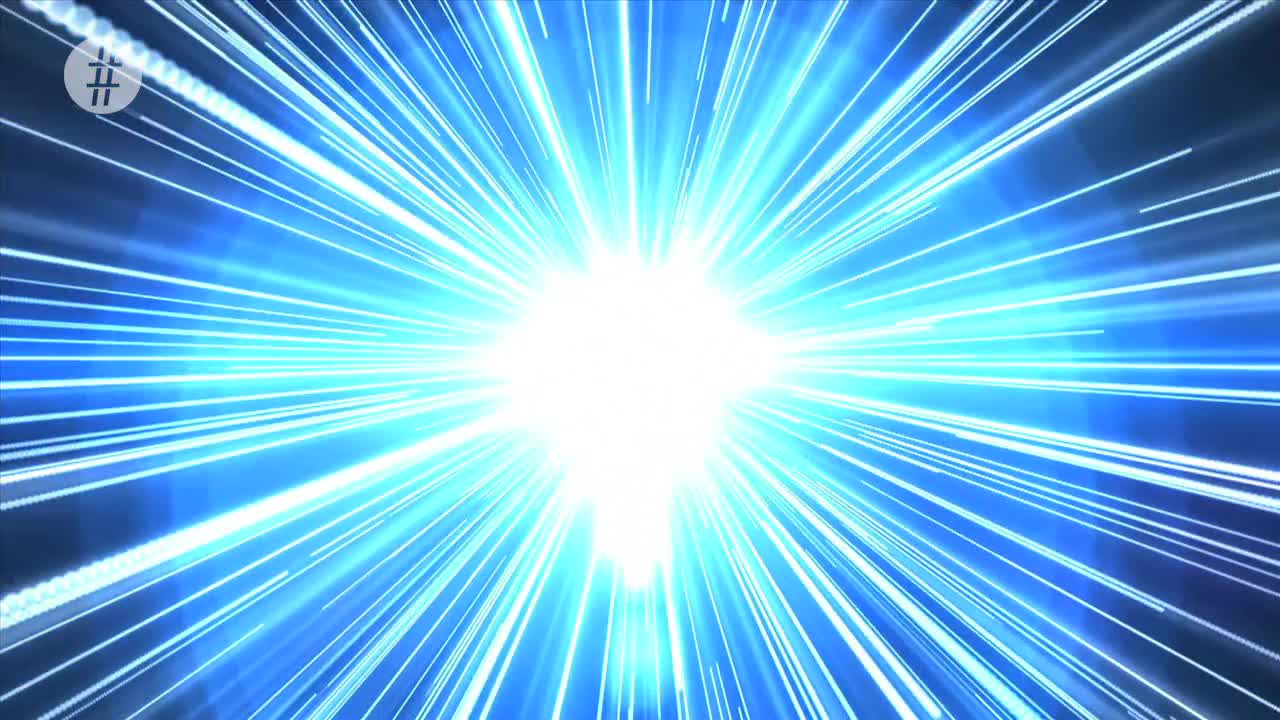
We Present You The Solar System In Numbers
Our Solar System contains eight planets, five dwarf planets, tens of thousands of asteroids to three trillion comets and icy bodies. We present you the solar system in numbers. The solar system is estimated to be 4.6 billion years old, the sun is the center of our solar system and makes a 99.8% of its entire mass.
Saturn’s biggest moon Titan has the most similar atmosphere to Earth’s own. A 2005 probe found lakes and seas containing hundreds of times more natural gas and liquid hydrocarbons and all the known oil and natural gas reserves on Earth.
In 2006, Pluto was reclassified as a dwarf planet at 1,400 miles across which is only half the width of the USA and is now known to be recognized as part of the Kuiper belt along with nearly 200 similar minor planets. Another dwarf planet is Haumea it takes only 4 hours to spin on its axis due to its unusual ellipsoid shape. Jupiter is known to have the biggest ocean of all the planets in our Solar System. The atmospheric pressure on the planet is high enough to turn hydrogen to liquid. The sea is estimated to be 40,000 kilometers deep, which is as deep as the Earth is round.
Meanwhile, Mars has the tallest volcano in the Solar System, named Olympus Mons, it is 27 kilometers above the surrounding plains, and some scientists believe it may still be active. In 2013, NASA’s voyager 1 spacecraft became the first object to leave the heliosphere, a huge bubble of electrically charged particles emanating from the sun. It will take another 30,000 years before it leaves our Solar System completely.
A theorized cloud of icy objects that orbit our sun it is thought to be the source of long period comets and it is estimated to be at a distance of a 100,000 astronomical units or 1.87 light years away. Despite it being our home, the Solar System is still full of mysteries.
-
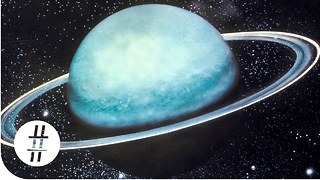 3:49
3:49
alltimenumbers
8 years agoUranus In Numbers
2.74K -
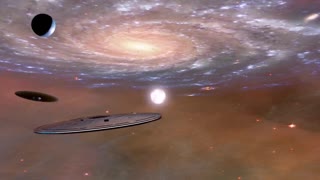 0:48
0:48
The New Human [Consciousness]
4 years ago $0.02 earnedA Real Solar System Simulation
288 -
 0:06
0:06
slavatsarev
4 years agoSolar system: hot plasma on the sun
154 -
 5:10
5:10
ModernHomesteading101
4 years agoModern Homesteading - State of the solar system, Feb 2, 2017
87 -
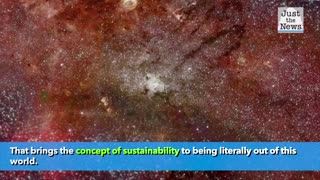 0:58
0:58
Just the News
4 years agoNASA works to prevent contamination of the solar system
2.77K -
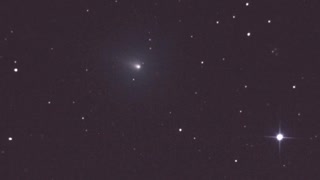 0:10
0:10
MatthijsBurgmeijer
4 years ago $0.10 earnedComet Atlas cruises towards the inner solar system
2.04K -
 16:48
16:48
Freedom isn't free
4 years ago $0.35 earnedWatering System
670 -
 0:14
0:14
luvlightruword
4 years agoNumbers blessing
82 -
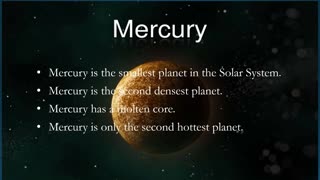 22:36
22:36
Rod Moon
4 years agoThe Solar Syatem
49 -
 1:32:53
1:32:53
The Big Mig™
4 hours agoOperation Gideon, The Truth w/ Ret. Green Beret Jordan Goudreau
36.3K8